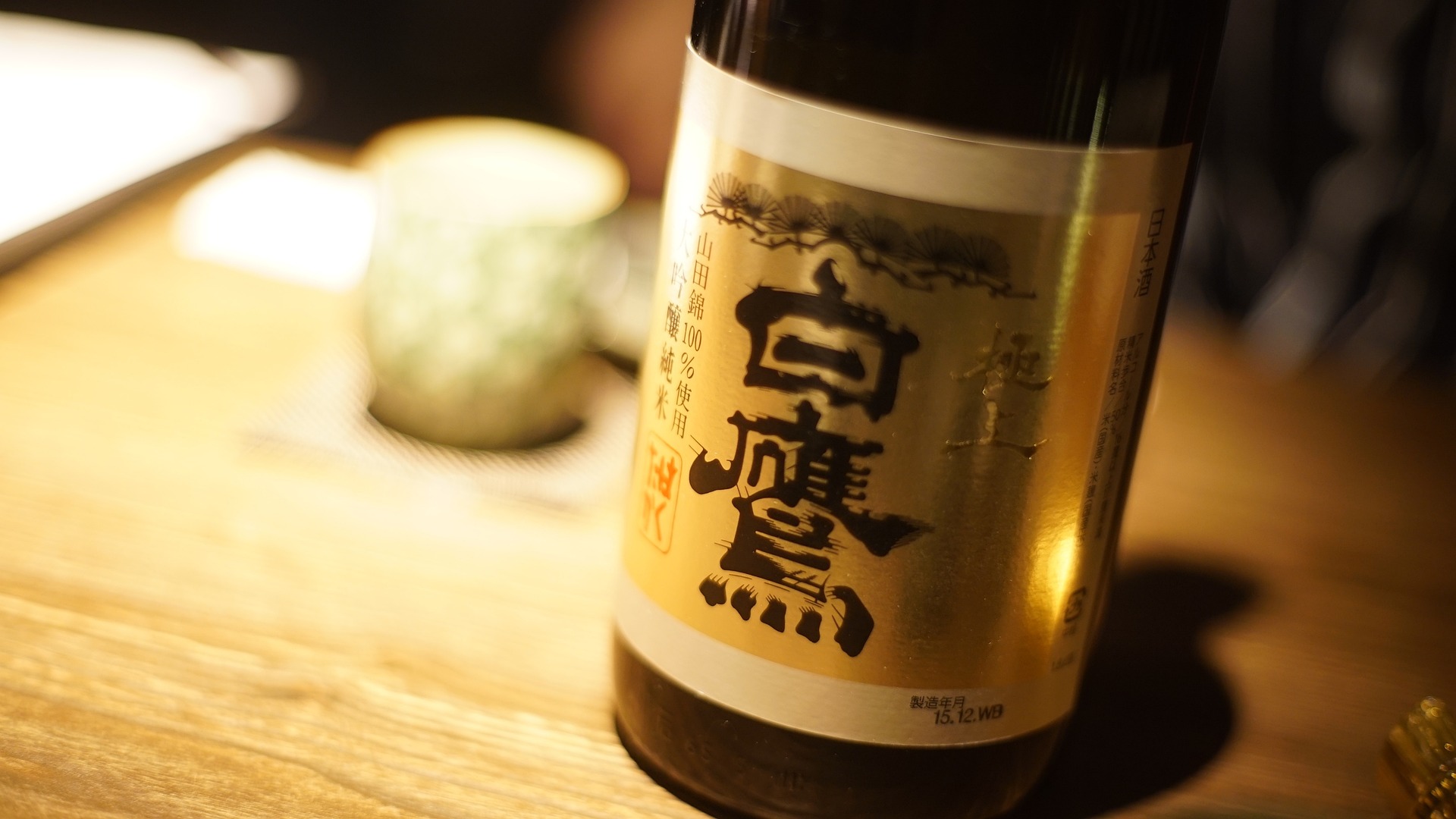Hats in 2025: Style, Function, and Timeless Accessories for Every Season
Hats have always been more than just a fashion statement — they combine practicality, personality, and timeless style. From wide-brimmed sun hats to cozy winter beanies, the right hat can complete any outfit while offering protection and comfort. This article explores different types of hats, how to choose the right fit and material for the season, and the growing trend of sustainable hat design in 2025.

Hats have long served humanity as both protective gear and fashion statements. As we look toward 2025, the hat industry continues to evolve, embracing new materials, sustainable practices, and versatile designs that adapt to changing seasons and personal styles. From classic fedoras to innovative smart caps, hats remain timeless accessories that combine function with fashion in ways that reflect our cultural values and practical needs.
Understanding Different Types of Hats and Their Purposes
The hat universe is remarkably diverse, with each style serving specific functional and aesthetic purposes. Baseball caps continue to dominate casual wear, offering sun protection with adjustable fits and increasingly sustainable materials. Bucket hats have experienced a strong resurgence, appealing to younger demographics while providing practical sun protection. Wide-brimmed sun hats remain essential for outdoor enthusiasts, with UPF-rated fabrics becoming standard.
For formal occasions, fedoras and trilbies maintain their sophisticated appeal, while beanies and wool caps serve as winter staples. Specialized hats for outdoor activities have seen significant innovation, with moisture-wicking fabrics, built-in cooling systems, and even solar-charging capabilities for integrated lighting becoming more common. Occupational headwear continues to evolve with improved safety features, while cultural and religious hats maintain their significance with updated materials and construction techniques.
Choosing the Right Hat for Each Season
Seasonal hat selection is crucial for both comfort and style. Winter hats in 2025 feature advanced thermal regulation technologies, with wool-alternative materials providing warmth without animal products. Moisture-wicking linings have become standard, while convertible designs allow for adaptability as temperatures fluctuate. Many winter hats now incorporate reflective elements for safety during shorter daylight hours.
Spring and fall demand transitional headwear that can handle unpredictable weather. Water-resistant materials that maintain breathability have become increasingly sophisticated, while lightweight, packable designs accommodate changing conditions throughout the day. Summer hats prioritize ventilation and sun protection, with cooling technologies and UPF ratings prominently featured. Many summer styles now incorporate natural cooling elements or phase-change materials that respond to body temperature.
Across all seasons, versatility has become a key selling point, with adjustable and convertible designs allowing one hat to serve multiple purposes throughout the year, reducing consumption and supporting sustainability goals.
Materials and Comfort Innovations in Modern Hat Design
The materials revolution in hat manufacturing continues to accelerate. Traditional fabrics like wool, cotton, and leather remain popular but are increasingly sourced through certified sustainable supply chains. Plant-based alternatives to leather have achieved remarkable authenticity in both appearance and performance, while recycled synthetics from ocean plastic and post-consumer waste have become mainstream options.
Comfort innovations include memory foam sweatbands that conform to individual head shapes, antimicrobial treatments that reduce odor during active use, and weight-reduction techniques that maintain structure without bulk. Moisture management has seen significant advancement, with dual-layer systems that wick sweat away while maintaining temperature control.
For those with specific needs, adaptive hat designs accommodate medical devices, hairstyles, and sensory sensitivities. Adjustability features have evolved beyond simple snapbacks to include precision-fit systems that provide custom comfort without pressure points, making all-day wear more comfortable than ever before.
Sustainable and Eco-Friendly Hat Trends
Sustainability has moved from niche concern to industry standard in hat manufacturing. Closed-loop production systems that minimize waste and water usage are increasingly common, while carbon-neutral manufacturing processes have been adopted by many leading brands. Biodegradable materials that perform as well as traditional options have solved the end-of-life problem for seasonal or trend-driven styles.
Repair programs and take-back initiatives extend product lifespans, with some companies offering lifetime repairs or recycling incentives. Transparent supply chains allow consumers to trace materials from source to finished product, while third-party certifications provide accountability for environmental and social claims.
Local manufacturing has experienced a renaissance, reducing shipping impacts while supporting regional economies. Many brands now emphasize longevity and timeless design over fast-fashion cycles, encouraging consumers to invest in quality pieces that will last for years rather than seasons.
Technology Integration in Contemporary Headwear
Smart technology has found its way into hat design, with subtle integrations that enhance functionality without compromising style. UV sensors that alert wearers to sun exposure levels, temperature regulation systems that respond to environmental conditions, and built-in audio capabilities that eliminate the need for separate earbuds represent just some of the tech innovations appearing in contemporary headwear.
For outdoor enthusiasts, GPS integration, emergency signaling capabilities, and solar charging panels offer practical benefits during adventures. Health-monitoring features track metrics like heart rate and body temperature, while augmented reality visors are beginning to appear in specialized designs for both work and recreation.
Despite these technological advances, the most successful designs maintain a balance between innovation and wearability, ensuring that tech features enhance rather than dominate the hat’s primary functions of protection and style.
Hat Care and Maintenance for Longevity
Proper care significantly extends hat lifespan, making quality headwear a sustainable investment. Modern hat materials often feature stain-resistant treatments that simplify maintenance, while washable designs have become more common even in structured styles. Specialized cleaning products designed for specific materials provide effective care without damaging delicate components.
Storage solutions have evolved to protect hat integrity, with collapsible designs that spring back to shape and travel cases that prevent crushing during transport. Climate considerations remain important, with humidity control packets included with premium hats to prevent mold and mildew during storage.
Many manufacturers now provide detailed care instructions specific to their materials and construction methods, while repair services address common issues like torn sweatbands or damaged brims, further extending product lifespan and reducing waste.
As we move toward 2025, hats continue to demonstrate remarkable staying power as accessories that successfully blend practicality with personal expression. Their ability to adapt to changing needs while maintaining cultural significance ensures that headwear will remain relevant across generations and style preferences. With innovations in materials, sustainability, and functionality, today’s hats offer more options than ever before while honoring the timeless appeal that has made them essential accessories throughout human history.




